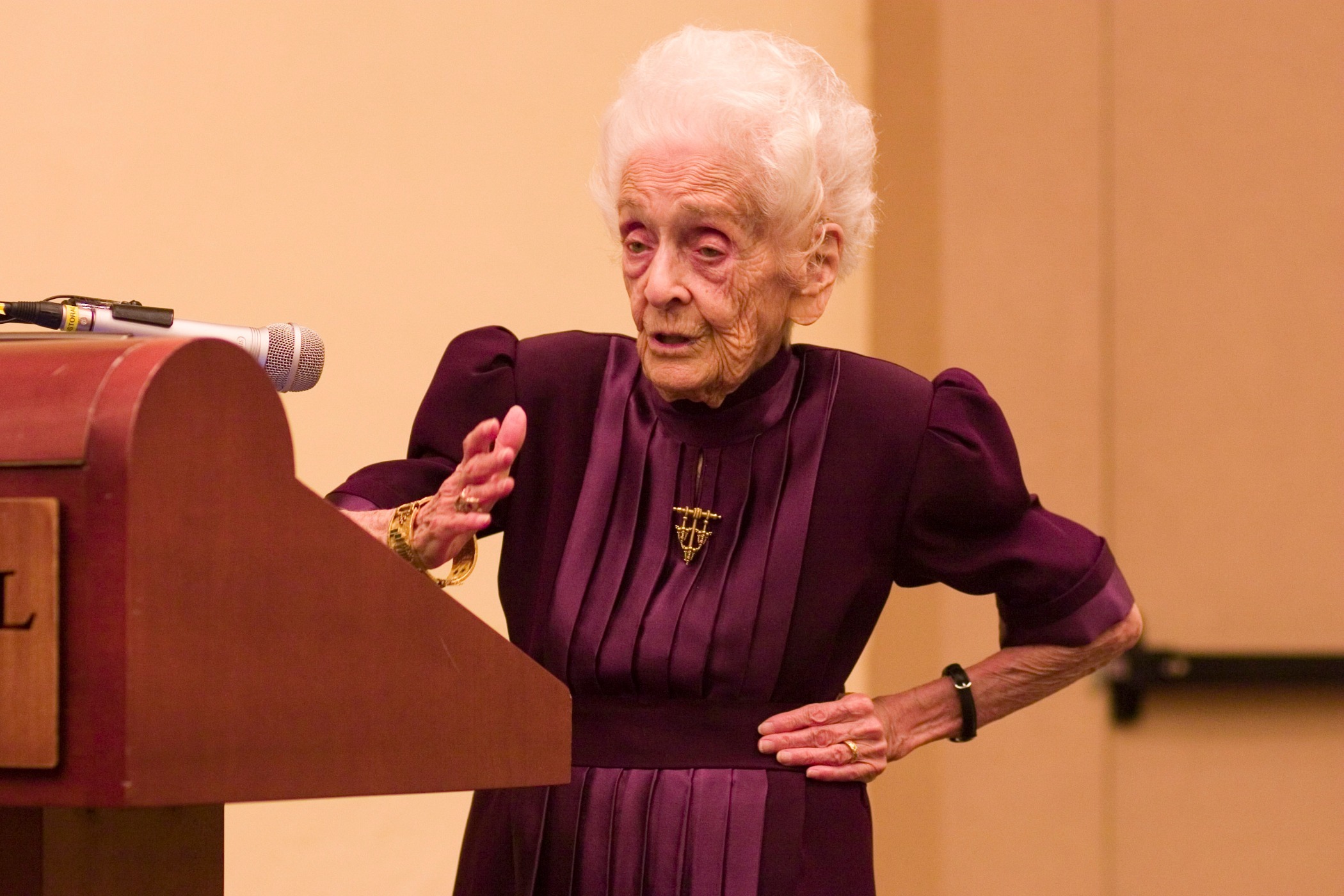
Sharon Moalem is an award-winning genetics researcher, physician and author. "The Better Half: On the Genetic Superiority of Women" makes the game-changing case that females have greater resilience, immunity, endurance and more, compared with males.
How did the thought occur to you, that women might be the stronger sex?
I was taught in medical school that most of the differences in health outcomes between the sexes was behavioural. Except everything I saw during my clinical practice and research work indicated otherwise. But it was when I was taking care of premature babies that it became clear to me that the sex-based health outcomes that I was observing between the baby boys and baby girls I was caring for could not be behavioural in origin. The baby boys, by and large, seemed to struggle far more than the baby girls, and since behavioural factors couldn’t account for this differential I observed, I was left with the lingering question as to why this might be the case. This set me on the path to search for a biological explanation for what I was observing.
Why is it an advantage to have two X chromosomes, as opposed to an X and a Y?
First of all, females have 1,000 extra genes by virtue of having two X chromosomes. As well, females have two populations of cells, one which predominantly uses one X over the other, which can cooperate and interact and share genetic resources with one another to overcome the various challenges of life.
Your book has been called a powerful antidote to the myth that women are the weaker sex. Why has this myth been so pervasive?
Men on average have greater muscle mass, which endows them with the ability to outperform females when it comes to most physical feats. I believe that this increased muscle mass is why the myth of men as the stronger sex has persisted for so long even though in fact, men are biologically fragile.
Is there evidence that women are responding differently to the Covid-19 crisis?
By now, it is clear from mortality data around the world, that men are dying at twice the rate of women from Covid-19. Unfortunately, behavioural myths and explanations are still rife throughout the discourse, and are being used inaccurately to shame and blame men for dying at higher rates. As I predicted in my book, females have a compelling and innate survival advantage when it comes to pandemics and famines throughout history, and we are seeing this unfortunate pattern emerge once again with Covid-19.
Are we making enough progress to close the research gender gap, in which women are too often excluded or under-represented as research subjects?
At this point, we have only just begun to include human female research test subjects in research programs. Although this is an important first step, we are still at the point of lacking sufficient numbers of both men and women to be able to get the accurate data to be able to have sex-specific drug dosing knowledge available to us.
You say that the “future of medicine and the survival of our species” depends on changing our perceptions, health care and research culture. What steps can we take to achieve this?
To make the significant changes, we need to begin at the beginning and include female cells, tissue and animals in all levels of pre-clinical research.
Your book highlights some of the women scientists and geneticists working who have made breakthroughs in the field. Could you tell us about one or two of these women and why they deserve to be celebrated?
Rita Levi-Montalcini was exemplary on many levels. Her tenacity propelled her to graduate medical school and become a physician at a time historically when it was almost unprecedented to do so. She demonstrated profound scientific ingenuity, and built herself a homemade laboratory in her bedroom in Turin, Italy complete with equipment she fashioned with her own hands to dissect chicken embryos for her experiments, which she conducted over the course of World War Two. She was also remarkable in that she never stopped working or innovating, even after she won the Nobel Prize in 1986 along with Stanley Cohen, she still worked and taught past her hundredth birthday to further the knowledge base and ensure that her scientific acumen was transmitted to the next generation of scientists.

